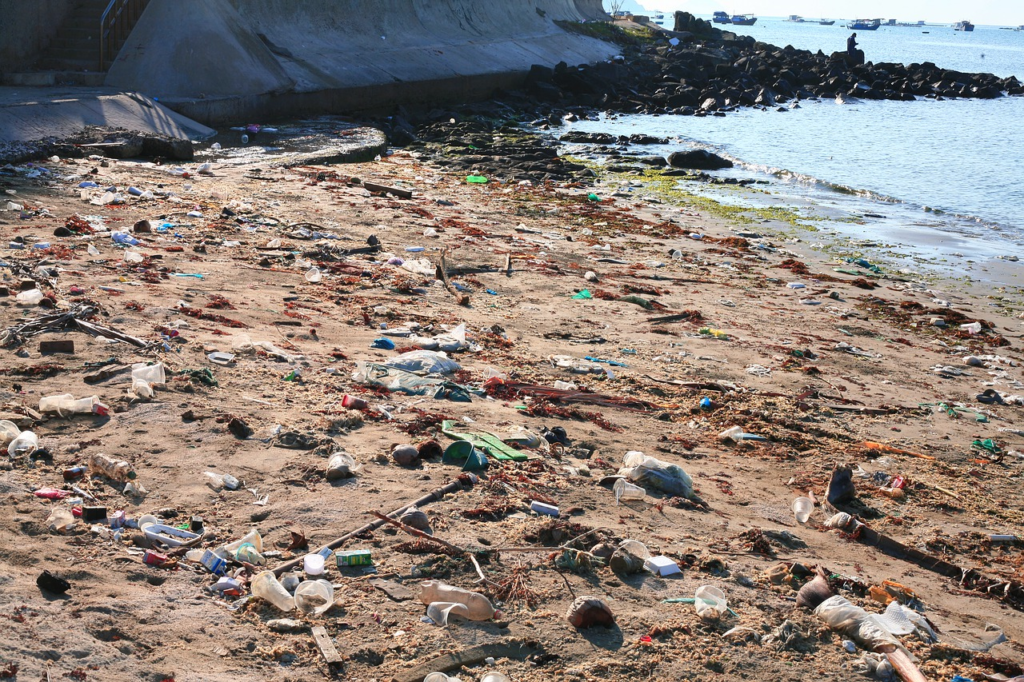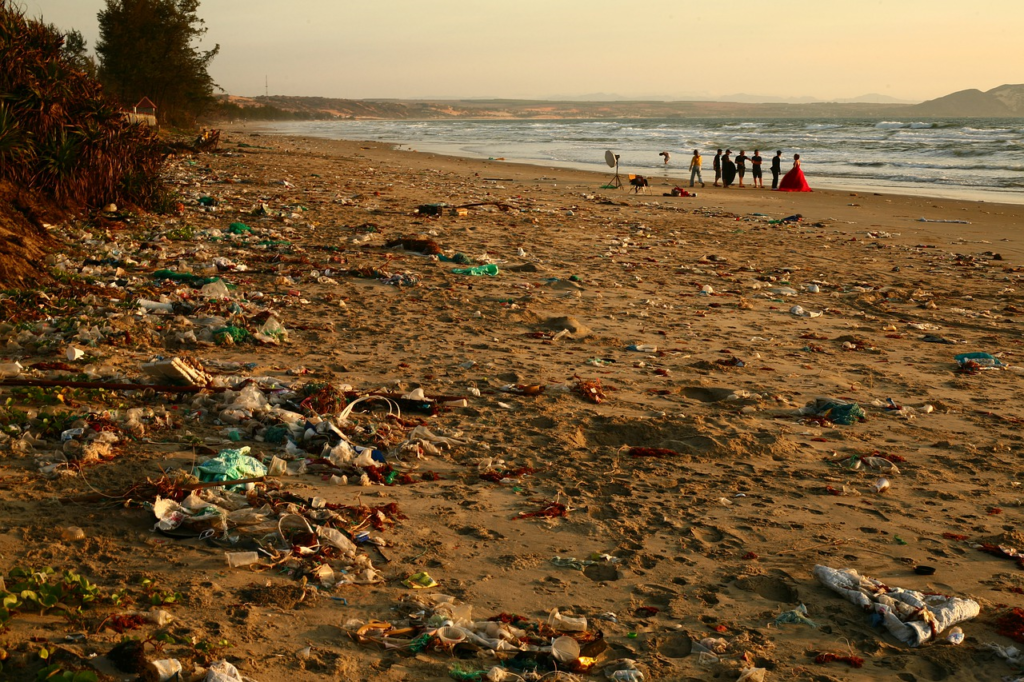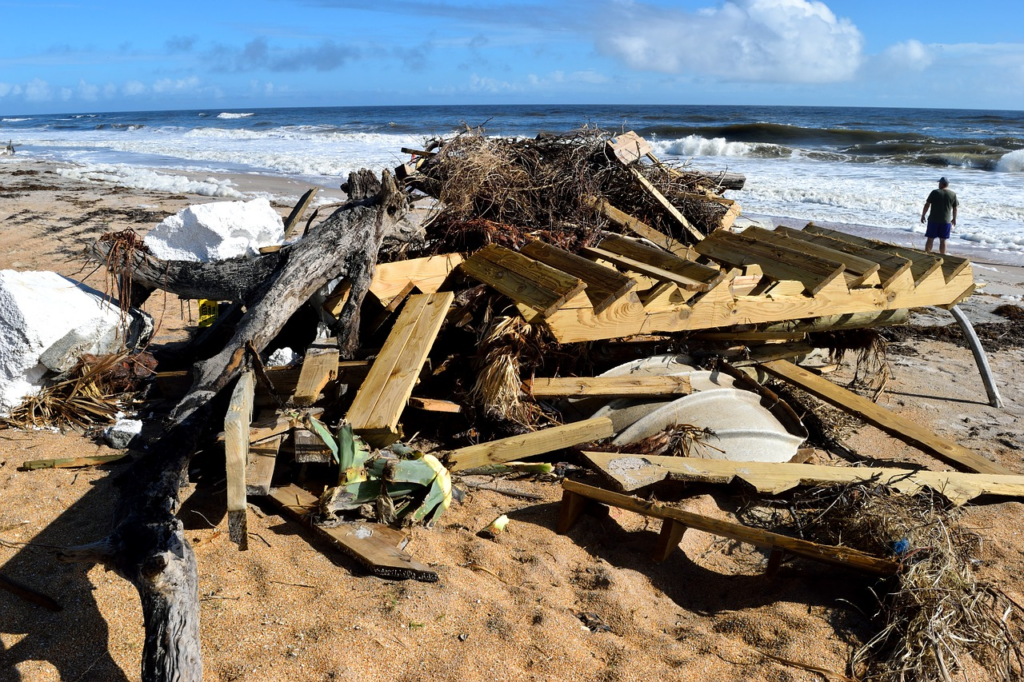(par 7.4.2.2.1.10) Marine pollution (taken from Wikipedia)

Marine pollution http://en.wikipedia.org/wiki/Marine_pollution From Wikipedia, the free encyclopedia While marine pollution can be obvious, as with the marine debris shown above, it is often the pollutants that cannot be seen that cause most harm. Marine pollution occurs when harmful, or potentially harmful, effects result from the entry into the ocean of chemicals, particles, industrial, agricultural and residential waste, noise, or the […]
(par 7.4.2.2.1.10) Marine Plastic – a New and Growing Threat to Coral Reefs

Marine plastic: a new and growing threat to coral reefs https://www.unep.org/news-and-stories/story/marine-plastic-new-and-growing-threat-coral-reefs New evidence is emerging that shows that the human population’s obsession with all things plastic is poisoning one of the world’s natural wonders: coral reefs. Much more than simply an object of beauty, coral reefs are living, breathing ecosystems, teeming with life. Although they […]
(par 7.4.2.2.1.10) Marine debris (takenn from Wikipedia)

Marine debris http://en.wikipedia.org/wiki/Marine_debris From Wikipedia, the free encyclopedia Marine debris on the Hawaiian coast Marine debris, also known as marine litter, is human-created waste that has deliberately or accidentally been released in a lake, sea, ocean or waterway. Floating oceanic debris tends to accumulate at the centre of gyres and on coastlines,[1] frequently washing aground, when it is known as beach litter or tidewrack. Deliberate disposal of wastes at sea is […]
